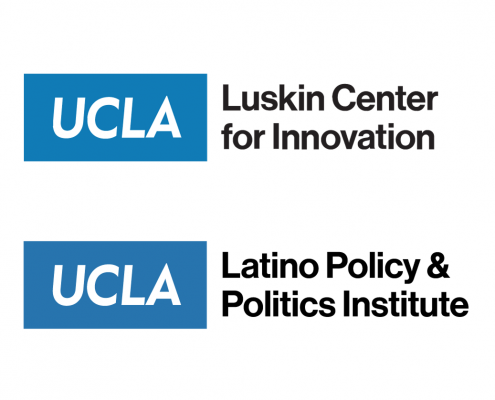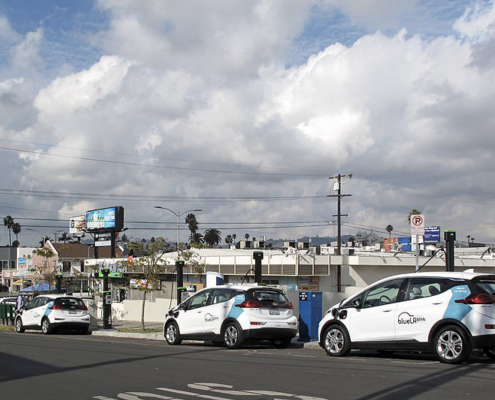 https://innovation.luskin.ucla.edu/wp-content/uploads/2024/07/web-headers-2024-07.png
0
0
angela wu
https://innovation.luskin.ucla.edu/wp-content/uploads/2024/07/web-headers-2024-07.png
angela wu2025-03-31 20:36:552025-10-24 09:19:57The Multiple Drivers of Thermal Disparities in US Manufactured Housing
https://innovation.luskin.ucla.edu/wp-content/uploads/2024/07/web-headers-2024-07.png
0
0
angela wu
https://innovation.luskin.ucla.edu/wp-content/uploads/2024/07/web-headers-2024-07.png
angela wu2025-03-31 20:36:552025-10-24 09:19:57The Multiple Drivers of Thermal Disparities in US Manufactured Housing https://innovation.luskin.ucla.edu/wp-content/uploads/2024/07/web-headers-2024-07.png
0
0
angela wu
https://innovation.luskin.ucla.edu/wp-content/uploads/2024/07/web-headers-2024-07.png
angela wu2025-03-14 20:30:262025-10-24 09:20:22Planning for Heat Beyond the Big City: Comparing Smaller Cities’ Heat Activities, Opportunities, and Constraints in California
https://innovation.luskin.ucla.edu/wp-content/uploads/2024/07/web-headers-2024-07.png
0
0
angela wu
https://innovation.luskin.ucla.edu/wp-content/uploads/2024/07/web-headers-2024-07.png
angela wu2025-03-14 20:30:262025-10-24 09:20:22Planning for Heat Beyond the Big City: Comparing Smaller Cities’ Heat Activities, Opportunities, and Constraints in California https://innovation.luskin.ucla.edu/wp-content/uploads/2024/07/web-headers-2024-07.png
0
0
angela wu
https://innovation.luskin.ucla.edu/wp-content/uploads/2024/07/web-headers-2024-07.png
angela wu2025-03-05 17:34:452025-11-20 17:06:45Redefining Expectations for Urban Water Supply Systems To Fight Wildfires
https://innovation.luskin.ucla.edu/wp-content/uploads/2024/07/web-headers-2024-07.png
0
0
angela wu
https://innovation.luskin.ucla.edu/wp-content/uploads/2024/07/web-headers-2024-07.png
angela wu2025-03-05 17:34:452025-11-20 17:06:45Redefining Expectations for Urban Water Supply Systems To Fight Wildfires
Electric Vehicle Incentives, Charging, and Registration Rates: Are We Achieving Equity in Los Angeles?
This report identifies inequitable patterns in both EV incentive distribution and registration in LA City and County.

Do Urban Water Supply Systems Put Out Wildfires?
This FAQ about wildfires provides clear, accurate answers to the most common questions we heard from the public, media, and policymakers about fire hydrants, firefighting, water infrastructure, and more after the devastating LA wildfires in 2025.
 https://innovation.luskin.ucla.edu/wp-content/uploads/2025/02/Wildfire-FAQ-Pub-Thumbnail-1.png
838
1105
angela wu
https://innovation.luskin.ucla.edu/wp-content/uploads/2024/07/web-headers-2024-07.png
angela wu2025-02-27 08:37:232025-09-02 10:17:47Summary: Do Urban Water Supply Systems Put Out Wildfires?
https://innovation.luskin.ucla.edu/wp-content/uploads/2025/02/Wildfire-FAQ-Pub-Thumbnail-1.png
838
1105
angela wu
https://innovation.luskin.ucla.edu/wp-content/uploads/2024/07/web-headers-2024-07.png
angela wu2025-02-27 08:37:232025-09-02 10:17:47Summary: Do Urban Water Supply Systems Put Out Wildfires?
¿Los Sistemas de Agua Urbana Pueden Apagar Incendios Forestales?
Este documento de preguntas frecuentes proporciona respuestas claras y precisas a las preguntas más comunes que escuchamos del público, los medios y los responsables de políticas públicas sobre los hidrantes contra incendios, el abastecimiento de agua para la extinción de incendios, la infraestructura hídrica y más.
 https://innovation.luskin.ucla.edu/wp-content/uploads/2024/07/web-headers-2024-07.png
0
0
angela wu
https://innovation.luskin.ucla.edu/wp-content/uploads/2024/07/web-headers-2024-07.png
angela wu2025-02-27 08:30:252025-10-19 12:36:17Do Urban Water Supply Systems Put Out Wildfires?
https://innovation.luskin.ucla.edu/wp-content/uploads/2024/07/web-headers-2024-07.png
0
0
angela wu
https://innovation.luskin.ucla.edu/wp-content/uploads/2024/07/web-headers-2024-07.png
angela wu2025-02-27 08:30:252025-10-19 12:36:17Do Urban Water Supply Systems Put Out Wildfires? https://innovation.luskin.ucla.edu/wp-content/uploads/2025/02/Wildfire-FAQ-Pub-Thumbnail-1.png
838
1105
angela wu
https://innovation.luskin.ucla.edu/wp-content/uploads/2024/07/web-headers-2024-07.png
angela wu2025-02-27 08:30:132025-09-02 10:17:47Resumen: ¿Los Sistemas de Agua Urbana Pueden Apagar Incendios Forestales?
https://innovation.luskin.ucla.edu/wp-content/uploads/2025/02/Wildfire-FAQ-Pub-Thumbnail-1.png
838
1105
angela wu
https://innovation.luskin.ucla.edu/wp-content/uploads/2024/07/web-headers-2024-07.png
angela wu2025-02-27 08:30:132025-09-02 10:17:47Resumen: ¿Los Sistemas de Agua Urbana Pueden Apagar Incendios Forestales?